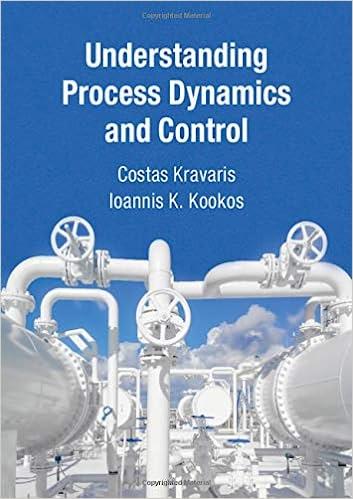Answered step by step
Verified Expert Solution
Question
1 Approved Answer
1 8 - 2 The hydrolysis of methyl acetate ( A ) in dilute aqueous solution to form methanol ( B ) and acetic acid
The hydrolysis of methyl acetate A in dilute aqueous solution to form methanol B and acetic acid is to take place in a batch reactor operating isothermally. The reaction is reversible, pseudofirstorder with respect to acetate in the forward direction : and firstorder with respect to each product species in the reverse direction The feed contains only in water, at a concentration of Determine the size of the reactor required, if the rate of product formation is to be on a continuing basis, the downtime per batch is min, and the optimal fractional conversion ie that which maximizes production is obtained in each cycle.
The reaction in problem is to be conducted in an isothermal L PFR with a feed rate of All other data remain the same.
a Calculate the fractional conversion at the outlet of the reactor.
b What is the maximum possible value of regardless of reactor type or size?

Step by Step Solution
There are 3 Steps involved in it
Step: 1

Get Instant Access to Expert-Tailored Solutions
See step-by-step solutions with expert insights and AI powered tools for academic success
Step: 2

Step: 3

Ace Your Homework with AI
Get the answers you need in no time with our AI-driven, step-by-step assistance
Get Started


